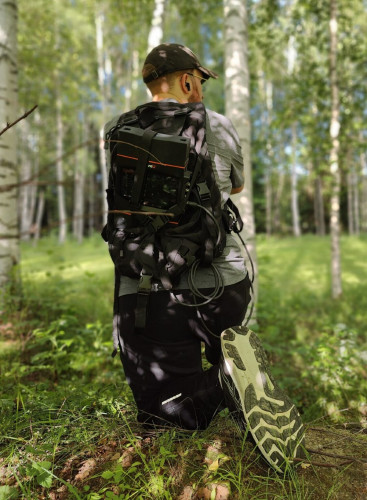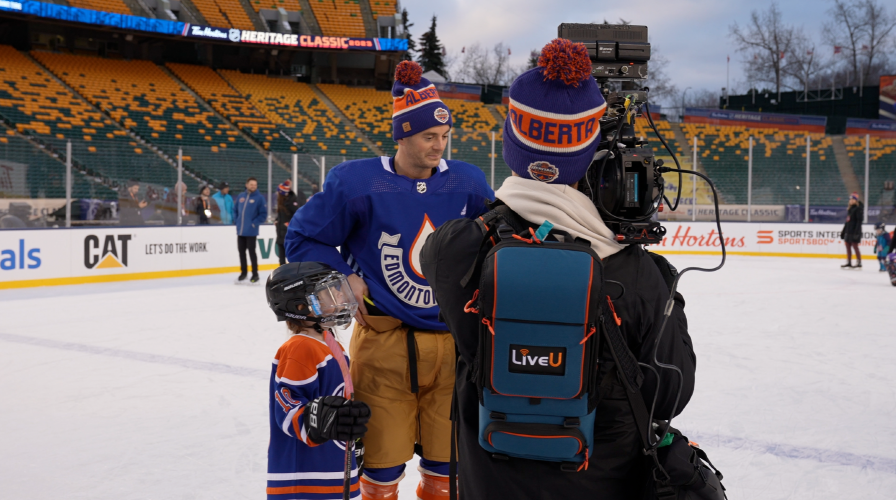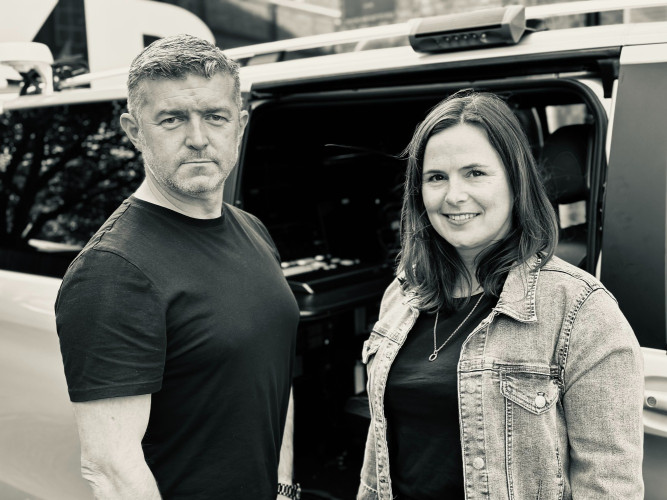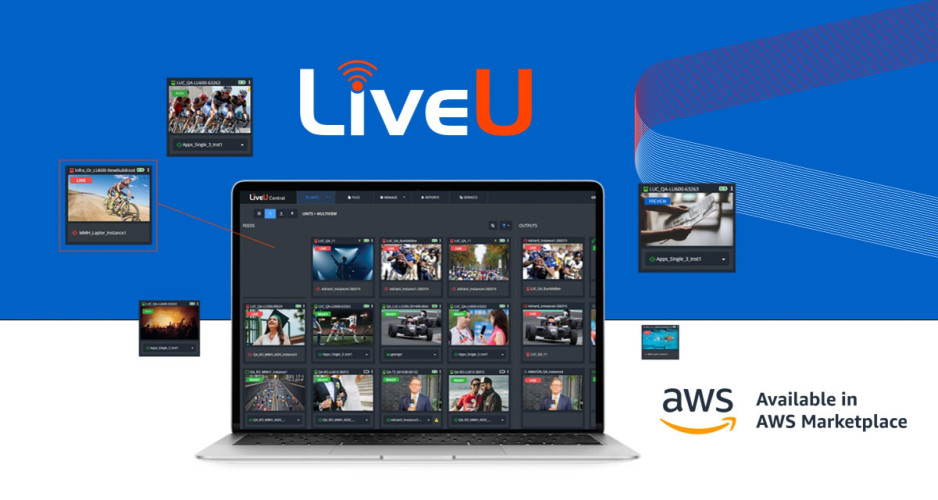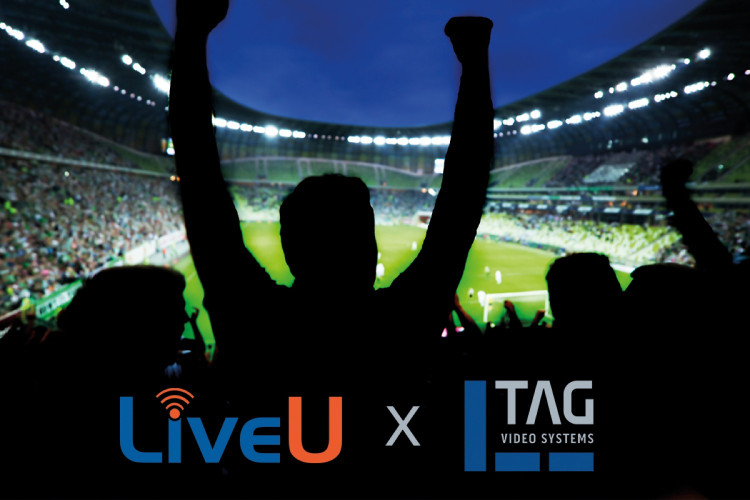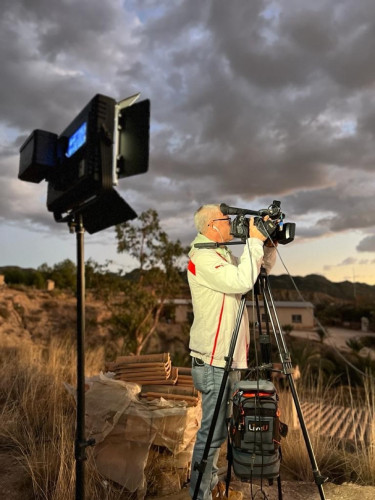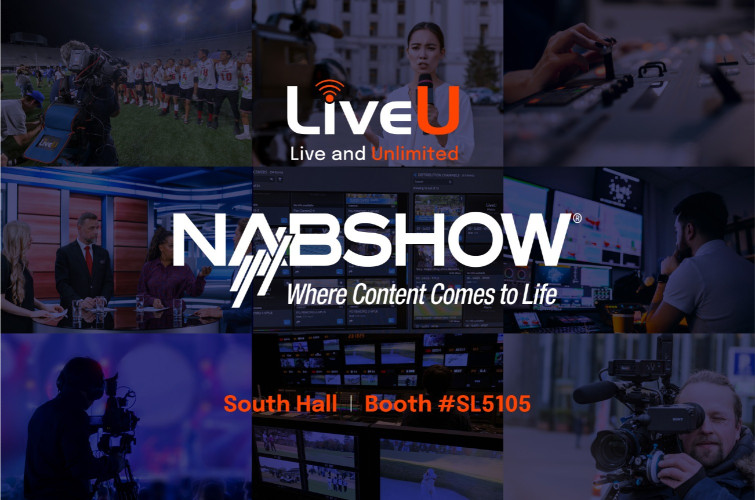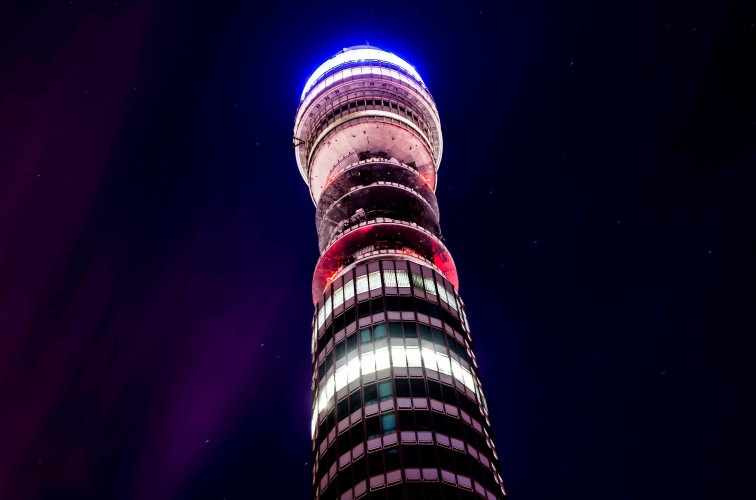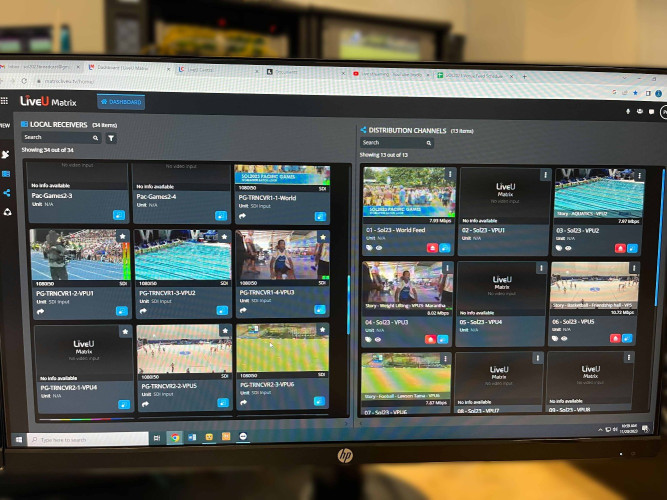Operating at the cellular level

Author: Bob Pank#
Published 1st September 2011
The live coverage of outside broadcast events, news or sports has always been an expensive and logistically cumbersome business. The need to invest millions of pounds in specialist satellite trucks can take years to recoup, putting the ability to service live sports contracts beyond the economy of a very few suppliers. Even the live presentation of single camera from field-to-studio typically requires an uplink to satellite, which necessitates booking costly transponder space in usually limited windows.
What’s more, the high cost and complex challenges of deploying satellite trucks or using fibre transmission can limit the impact of covering breaking news, sports and entertainment. While producers may want to get the audience as close to the action as possible, on the perimeter of a sports match for example, the need to site RF cameras within a certain radius of a receiving station restricts a director’s options.
In addition, many personal stories surrounding global news events from war zones, urban areas or remote locations go untold because of the impracticality of access with conventional microwave trucks, or the sheer expense of BGAN operation.
Even though the increasing penetration of mobile networks offers a route to bypass satellite or fibre, wireless technologies are fickle, subject to network traffic congestion, bandwidth capacity or proximity to an antenna for any form of reliable connection.
If a technology could overcome these obstacles wouldn’t the world’s media sit up and take notice? It exists and they are. LiveU has pioneered portable video-over-cellular uplinks since 2006 to offer broadcasters, including Cox Media Group, MediaCorp and other global TV networks and news agencies, a highly cost-effective alternative to satellite-based acquisition.
The LiveU concept
Simply put, LiveU has devised a means of simultaneously bonding multiple 3G, 4G LTE, WiMAX, and Wi-Fi modems and then aggregating bandwidth over multiple carriers so that collectively they provide enough throughput to transmit 1080i HD signals via H.264 encoding.
Weighing around 5kg and powered by industry-standard batteries (such as Anton Bauer, Sony V-Mount or IDX),the flagship LU60 system is housed in a backpack worn by the camera operator. Video ingest is from any camera, switching device, or video source via SD-SDI, HD-SDI, HDMI, analogue input, or Firewire.
Here’s how it works: the LiveU device automatically senses all the wireless networks in its proximity, then splits the video stream among up to seven channels simultaneously. On the receive side, which can be on the other side of a country or the other side of the world, software installed on any internet connected Windows-based PC receives those streams and reconstructs HD video into its original frames at sub-second latency.
This technique has effectively created a robust ‘virtual wide pipe’ over narrowband channels for HD transmission and achieved it over what are notoriously unreliable networks. Variable bitrate technology is used to uplink live video in bandwidth conditions that can vary dramatically from second-to-second. LiveU can transmit effectively at bitrates even below 300Kbps.
Typically, LiveU uses seven connections from a mix of (in the US) Verizon, Sprint, AT&T, and T-Mobile cellular networks (in the UK this includes O2 and Vodafone) – the system can support up to 14 connections. The backpack device can transmit video to a main hub, such as a studio or broadcast centre, or directly to an online video player for live streaming. Users can just show up in the field, turn on the LiveU unit, and go live a few minutes later.
Transmission is robust because of the technology’s sophisticated load-balancing mechanism. If something goes wrong with the 02 network, for example, it will automatically switch to another carrier and vice versa. LiveU provides a complete service, not simply the technology, to its customers including handling international roaming and the associated charges. In a similar way to mobile phone contracts, the customer pays for a time-based tariff selected on expected usage (which can of course be upped and overtime is also possible) via a single monthly bill.
LiveU is currently putting its efforts into improving algorithms for resiliency to permit transmission from places traditionally very hard or impossible for satellite – in hi-rise blocks and towers, in subways, tunnels, from moving vehicles and within crowded spaces. Indeed LiveU has conducted successful tests transmitting an HD image from underground metros and tunnels where there has traditionally been extremely weak cellular connectivity. With its proprietary RF technology, LiveU uniquely converts dead zones into live zones.
Applications in news
There are a wide variety of applications for cellular uplinking, which opens up new possibilities in terms of speed of deployment and mobility. It allows users to extend the amount of live content because they are able to deploy more units gathering more content in more places. Booking a truck and satellite space can take at least a couple of hours while LiveU users can react instantly to news whenever it happens.
If a news event turns out to be a non-event, which happens surprisingly often, a broadcaster who has assigned a truck and crew can lose money and staff time simply because the world has worked in its random way – but the risk is negated with a LiveU solution.
News portals previously barred from providing unique live content because of the prohibitive cost of a satellite operation can now offer HD satellite-quality video at cellular-based tariffs. Since the units can be used to transmit on the move it offers superior mobility – something not possible with any other product.
In addition to serving as the main uplink resource at live events and breaking news stories, the technology affords news editors the freedom to cover a story from all angles. A single reporter or camera operator, outfitted with a video camera and a LiveU backpack, can be dispatched to perimeter areas of an unfolding story to interview eyewitnesses and passers-by, cover other emerging sub-plots related to the event, or open opportunities for live weather and traffic reports from fast-moving vehicles.
Cox Media Group, for example, recently deployed the LU60 at fifteen US TV stations to provide live ENG coverage. CMG’s flagship station, WSB in Atlanta, has been working with LiveU since 2009, using the mobile system for storm-tracker reporting and other breaking news coverage.
“Our viewers depend on us to cover news as it happens, and LiveU’s technology gives our teams the freedom to send high-quality, dependable news video back to the stations for broadcast, even while mobile,” reports Dave Siegler, CMG’s VP of Technical Operations. Multiple broadcasters from across the spectrum are also using the technology in the UK and Europe.
Applications in live sports
For live sports, LiveU is most applicable when used to augment rather than replace a standard satellite broadcast infrastructure. Camera operators can deliver mobile, on-the-spot video for quick updates, sideline and changing room interviews, roaming crowd shots and more. The signals from LiveU units would typically not be routed via the OB, but streamed back to the studio for vision mixing.
The solution has been successfully deployed by major sports networks and leagues at such high-profile events as the Olympics, the FIFA World Cup™ and the NBA Finals as well as for the Champions League.
LiveU was used to provide ENG coverage at the 2008 Beijing Games while the technology also brought NBA basketball to Chinese fans through NBAChina.com earlier this year. LiveU units provided live Media Day coverage at each of the past two Super Bowls and have been deployed by CBS, TMZ and the NFL Network to give viewers behind-the-scenes access of ancillary events leading up to the big game.
In addition,LiveU has been used by several sports organisations as their primary mode of transmission. Ironman triathlon competitions, for example, stream events live online exclusively via LiveU. Mounted to operators on motorcycles and in speedboats, the packs cover the action throughout the course — a much more cost-effective solution than the prior strategy.
Working with 4G
The emergence of 4G/LTE promises to bring even higher speeds and shorter delays to cellular-based video transmission. LiveU was in fact an early adopter of the technology, integrating 4G/LTE links into its cellular bonding solutions for coverage of the September 2010 Swedish elections. However, there are still shortcomings in the 4G/LTE make-up which make reliance on it alone inadvisable.
4G/LTE performance strongly depends on a users’ proximity to cellular towers and antennas, and can drop significantly on cell edges and inside buildings. The network roll-out is gradual, starting in specific metropolitan areas and it will take some time before reaching smaller cities and rural areas. Shared cellular networks, LTE included, are not optimised for fluent video transmission but more for burst-types of web surfing or file uploading.
Furthermore, LTE technology does not have the soft handoff feature, available in 3G technologies. This means that the LTE device is served by a single LTE base-station at all times, even in areas where a 3G device would have been served by two base-stations. As a result, the LTE uplink bandwidth might drop dramatically in cell-edge areas and in the move between cells.
While single modem video delivery devices might suffer from performance fluctuations, loss of transmission or inability to go live, LiveU’s multi-link technology, integrated with 4G/LTE and other available networks, allow broadcasters to enjoy the benefits of both the 4G and 3G worlds.
LiveU incorporates the soft handoff mechanism by automatically switching a greater percentage of the transmitted video bandwidth on to other 3G networks in relevant areas. There is no need to worry whether there is LTE coverage or not before each field usage.
A new concept in live reportage
LiveU’s approach to cellular uplink is surprisingly simple, yet the result of many years of R&D. LiveU’s focus continues to take advantage of the rapid advances in mobile technology and cellular network rollout, strengthening the company’s technological leadership.
As 4G becomes more popular and networks become capacity constrained, LiveU’s multi-link solutions will overcome LTE technology flaws to deliver high quality video transmission, resiliency and stability.
The company is committed to continuing development on the technology which will see further breakthroughs in portable wireless video communication announced soon.



